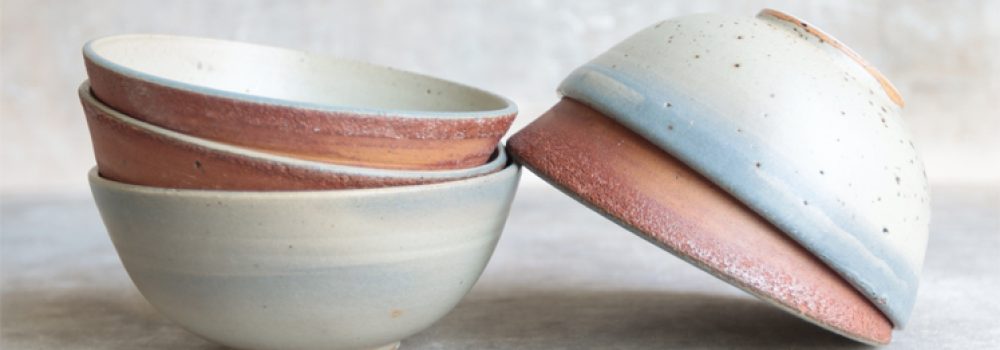

When a landscape architect with a bucket of clay from Groningen shows up at the beginning of 2019, I am immediately full of attention and interested. Could I do something with it? A few weeks ago, 2 years later, he was at our door again, again with a bucket of clay.. delicious!!
It is an interesting story – the Clay Ripening Pilot – in which governments, nature organisations, knowledge institutes and the business community are engaged in the useful application of sludge as a circular building material.
Sludge that causes problems in the Eems Dollard because there is too much of it, which means that the water quality is not good and biodiversity decreases. You have to dredge regularly … and then you have a lot of sludge!
Since 2019, the dredging sludge has been ‘matured’ into clay in various sections and in various ways in the Eems Dollard Clay Ripening Pilot on an area of 24 hectares.
With the matured clay, dikes can be strengthened, agricultural land can be raised and building blocks can be made. And the quality of the water improves.
The pilot will provide a great deal of knowledge about the maturation of dredged material to clay and its usefulness.
For more on this:
I also started working with dredging sludge to matured clay, first in 2019 and now again. Just like on the large field, you can also see the beautiful cracks in my studio due to the shrinkage of the clay.
I made the clay sludge into a workable clay mass and then I started testing.
My starting point was that I could fire all items with my ‘normal’ glaze firing, so at 1260 degrees and in a reduction firing. In this way I could easily do experiments with my other work and the final tableware becomes strong and suitable for daily use.
It soon became clear that the Eems Dollard clay melted completely at 1260 degrees and that it was necessary to mix it with another clay. I have made several mixes with Westerwald clay.
Westerwald clay is a pure, primary and very plastic clay that can be fired at a high temperature. I always call it a white-nosed clay because it doesn’t really add character to my work. The Eems Dollard clay, which we can call secondary clay because it is extracted from silt, on the other hand gives character due to all the ‘contamination’ of, for example, salt and iron, plant remains and other minerals and pollution that is contained in it.
I’m not done with this project yet and I was very surprised by the beautiful blue tinge that appeared on some of the bowls after the glaze firing. The glaze recipe composed by me does not contain any color pigment, the color of the tableware is entirely due to the original dredging sludge from the north of Groningen, along the Eems Dollard near Delfzijl.
Information
Visit my shop
Schellingwouderdijk 243
1023 NG Amsterdam
020 – 490 49 36
KvK: 34353534
Open on Saturday and Sunday
11am to 5pm and by appointment
Newsletter
@ 1994-2025 Keramiek Atelier Marjoke de Heer